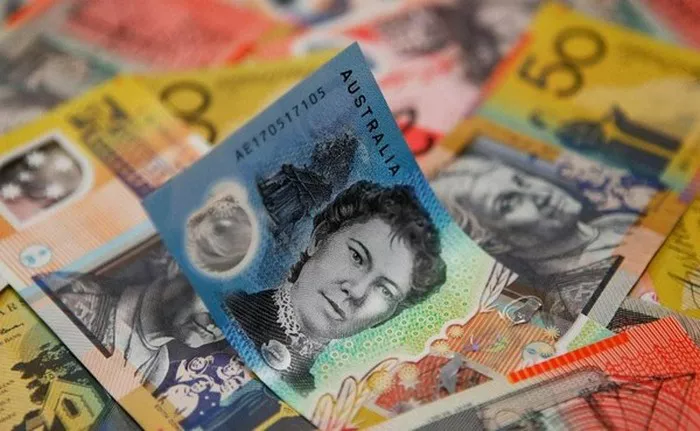For years, the Canadian dollar (CAD) and the Australian dollar (AUD) have been two of the most popular currencies in the foreign exchange market. Both currencies are commodity currencies, meaning that their value is highly correlated with the prices of natural resources such as oil, gas, gold, and iron ore. In this article, we will explore whether the Canadian dollar is higher than the Australian dollar and what factors influence their relative values.
Overview of the CAD and AUD
The Canadian dollar is the official currency of Canada and is abbreviated as CAD. It has been in circulation since 1858 and currently ranks as the fifth-most-held reserve currency in the world. The Bank of Canada is responsible for issuing and managing the Canadian dollar, and it controls its monetary policy through interest rate decisions.
On the other hand, the Australian dollar is the official currency of Australia and is abbreviated as AUD. It was introduced in 1966 to replace the Australian pound and is currently the sixth-most-traded currency in the world. The Reserve Bank of Australia issues and manages the Australian dollar and is responsible for implementing its monetary policy.
Factors Affecting the Value of CAD and AUD
Several factors affect the value of the CAD and AUD, including:
1. Commodity Prices
Both the CAD and AUD are heavily influenced by commodity prices, particularly those of natural resources. Canada is a major exporter of oil, gas, gold, and timber, while Australia is a major producer of iron ore, coal, and liquefied natural gas. Therefore, any changes in the prices of these commodities can significantly impact the value of the CAD and AUD.
2. Interest Rates
Interest rates are another significant factor affecting the value of the CAD and AUD. Higher interest rates tend to attract more foreign investment, which increases the demand for a currency and drives up its value. Conversely, lower interest rates tend to discourage foreign investment and can lead to a decrease in the currency’s value.
3. Political Stability
The political stability of a country is also an important factor affecting its currency’s value. Countries with stable governments, strong institutions, and low levels of corruption tend to attract more foreign investment, which can help boost the value of their currencies. On the other hand, political instability can have the opposite effect and lead to a decrease in a currency’s value.
4. Economic Indicators
Economic indicators such as gross domestic product (GDP), inflation, and unemployment rates also play a role in determining the value of a currency. Positive economic indicators tend to signal a healthy economy, which can increase the demand for a currency and drive up its value. Conversely, negative economic indicators can signal an unhealthy economy and lead to a decrease in a currency’s value.
CAD vs. AUD: Historical Exchange Rates
Historically, the CAD and AUD have had a relatively stable exchange rate, with both currencies having comparable values. However, there have been periods where one currency has been significantly stronger than the other.
For example, in 2011, the CAD was trading at a premium to the AUD, with one Canadian dollar buying around 1.05 Australian dollars. This was due to Canada’s robust economy, driven by high commodity prices and strong fiscal policies. In contrast, Australia was experiencing a slowdown in its mining sector, which put downward pressure on the Australian dollar.
However, in recent years, the AUD has outperformed the CAD, with one Australian dollar currently buying around 0.93 Canadian dollars. This can be attributed to Australia’s strong economy and high interest rates, which have attracted foreign investment and boosted the value of the Australian dollar.
Conclusion
In summary, the relative value of the Canadian dollar and the Australian dollar depends on various factors such as commodity prices, interest rates, political stability, and economic indicators. While both currencies have had comparable values historically, there have been periods where one currency has been significantly stronger than the other. Currently, the Australian dollar is outperforming the Canadian dollar due to Australia’s strong economy and high interest rates.
As with any investment decision, it is important to conduct thorough research and analysis before investing in either currency. Investors should also consult with a financial advisor to determine the best course of action based on their individual goals and risk tolerance.


